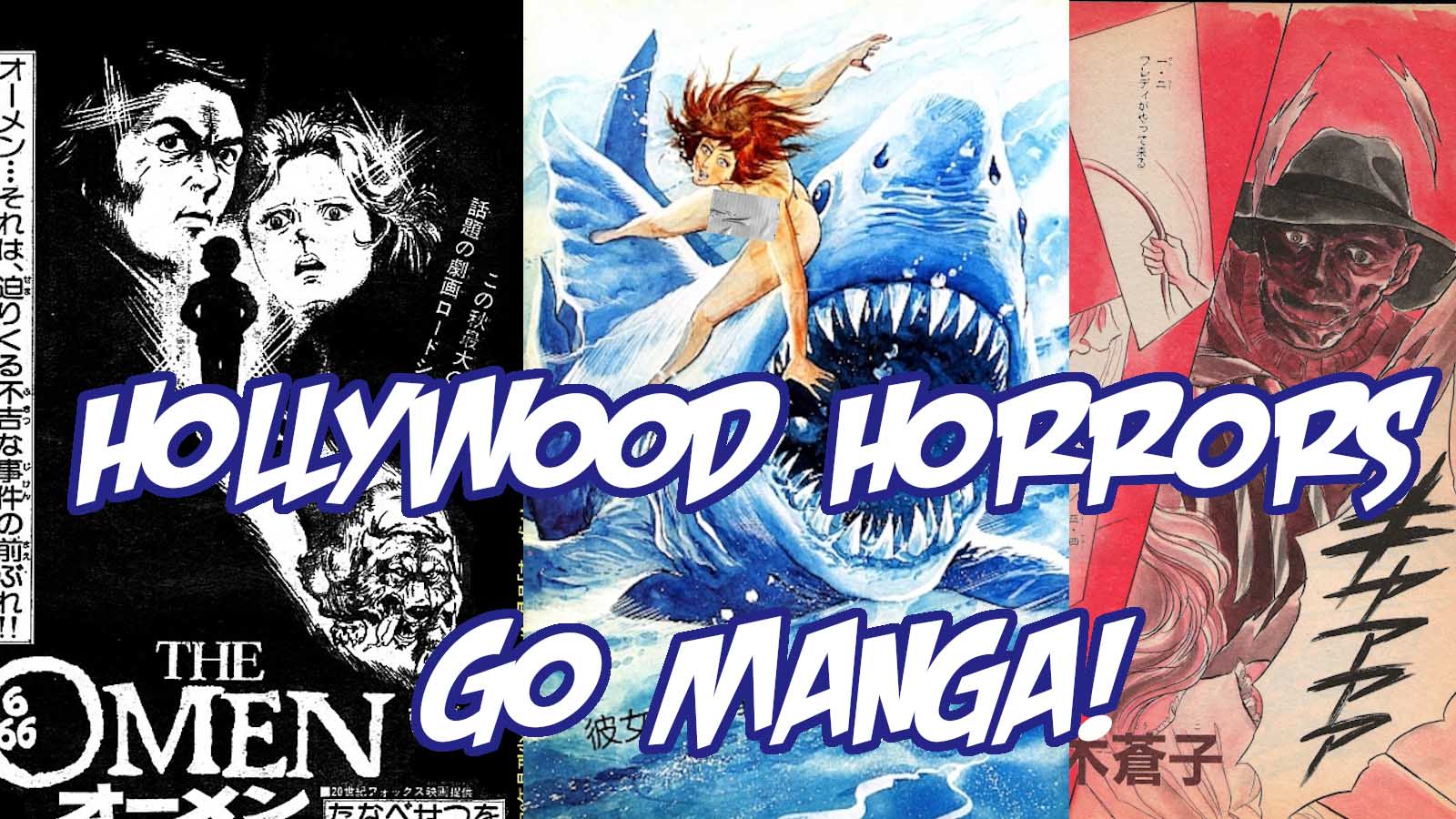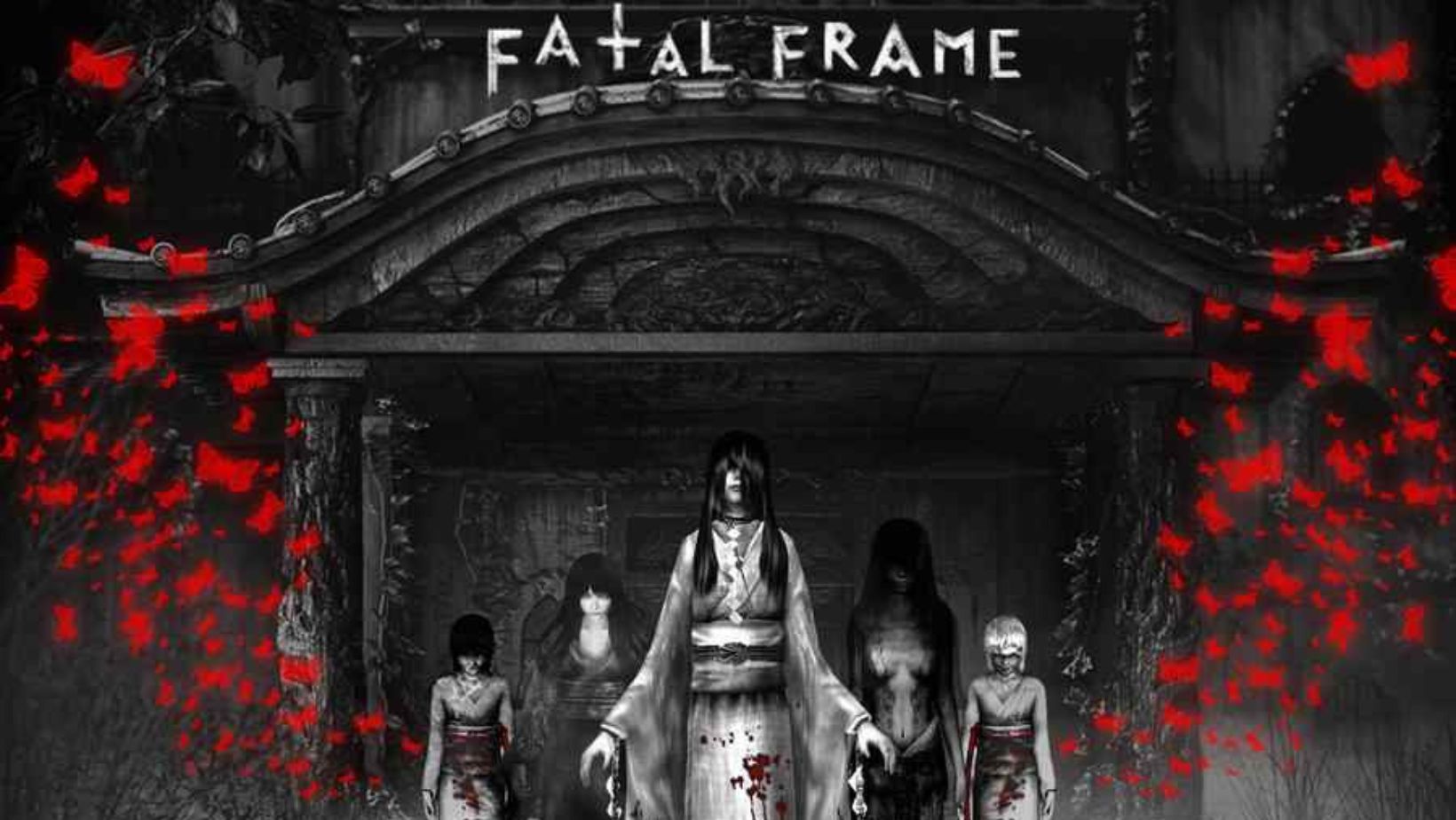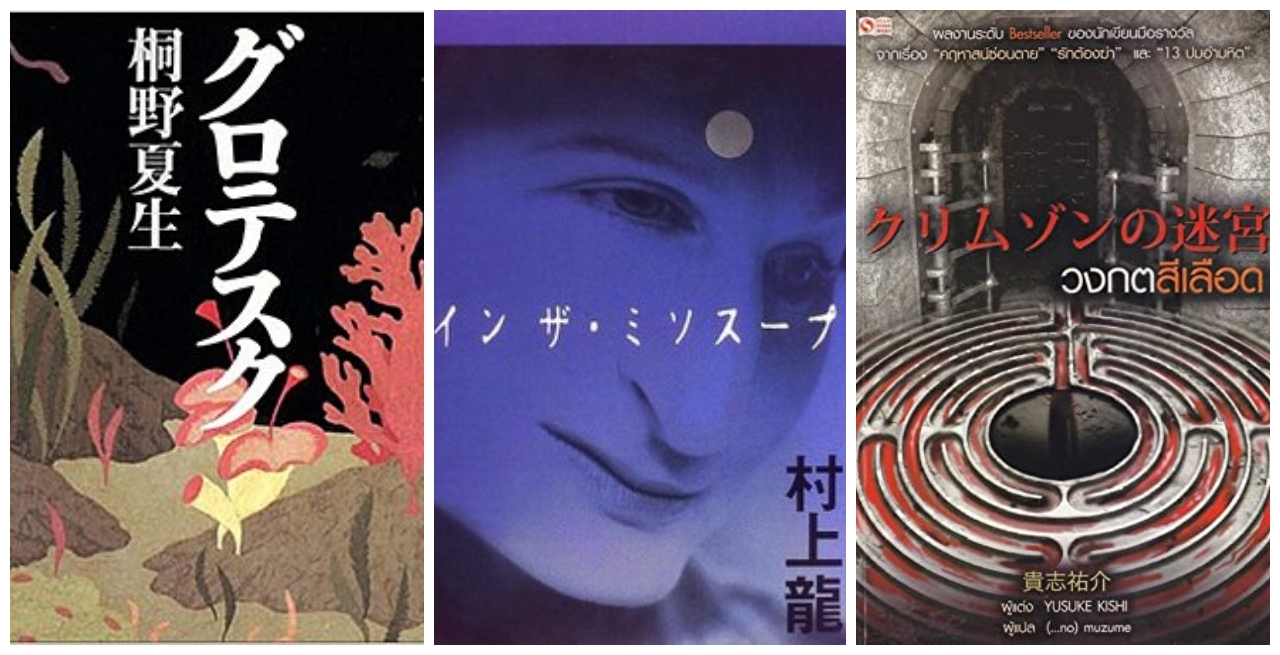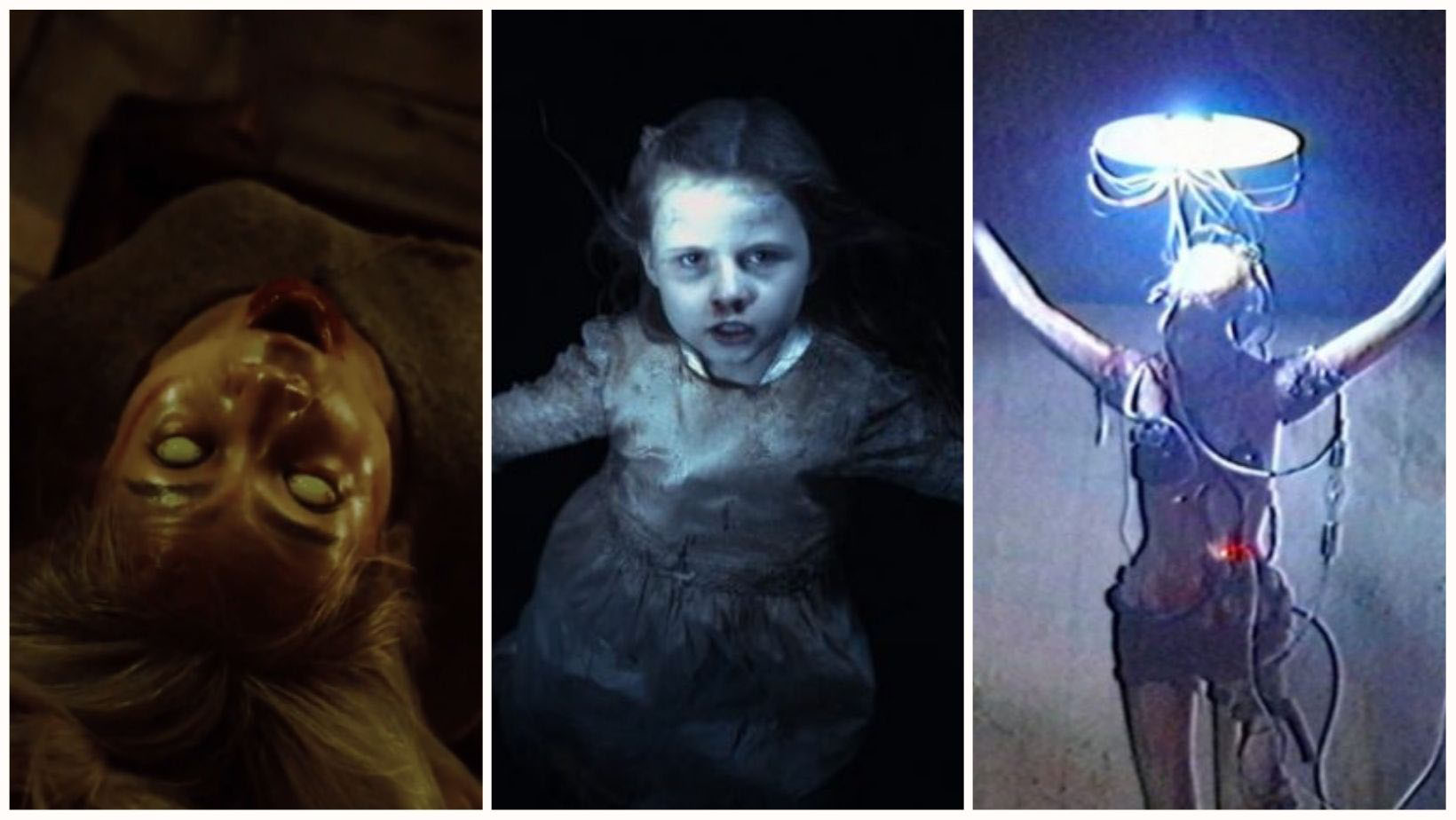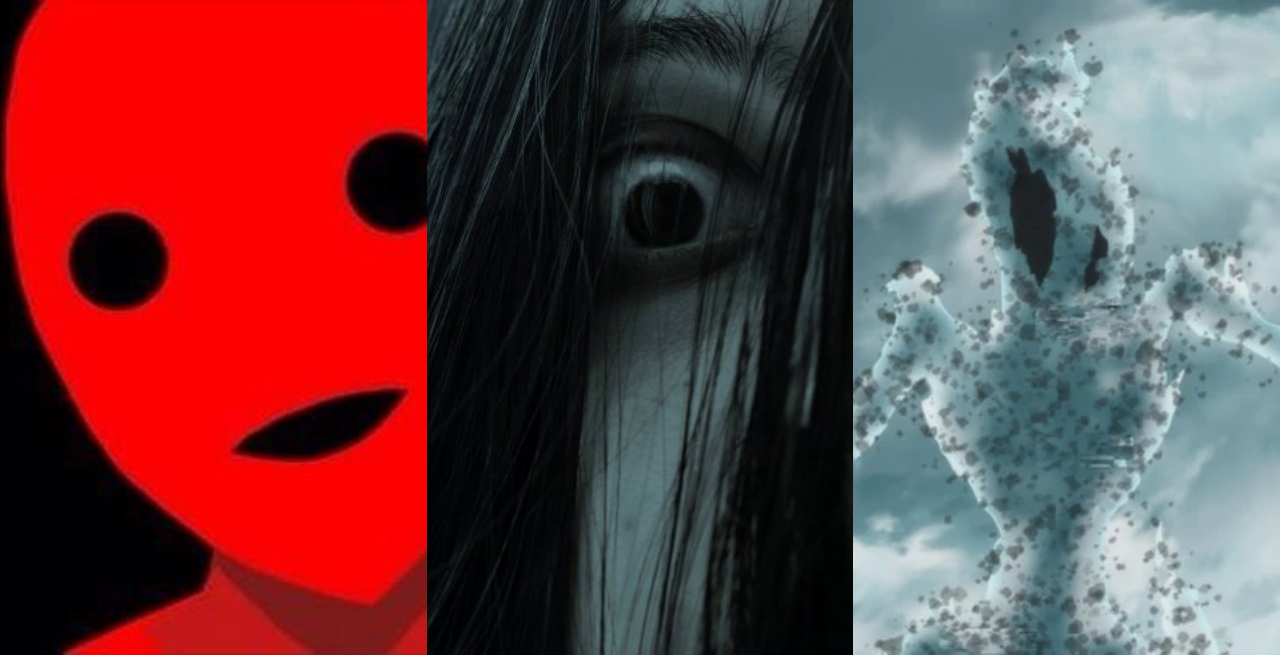
Urban legends are described as a part of the folklore genre in which a story or claim is circulated as true. In Japan, these stories become even more eerie because of the country’s rich cultural history and deep-rooted beliefs in the supernatural. The blending of ancient myths and modern urban tales creates a uniquely unsettling atmosphere, often invoking elements from Japanese folklore, ghosts, and vengeful spirits but also adds interesting layers of more modern themes like technology or even sports. With Halloween around the corner, let’s take a look at some interesting and sometimes frightening urban legends of this country.
List Contents:
- Kokkuri: The Mysterious Japanese Spirit Board
- Colonel Sanders’ Curse: The Eerie Tale of Hanshin Tigers
- Red Room Curse: A Digital Nightmare
- NNN Special Broadcast: Haunting the Late-Night Airwaves
- Kunekune: The Wriggling Enigma of Japanese Fields
1. Kokkuri: The Mysterious Japanese Spirit Board

In the world of supernatural phenomena, Kokkuri, or Kokkuri-san, emerges as Japan’s unique version of the Ouija board. This divination method involves invoking a mysterious entity using a paper sheet and a coin. Unlike its Western counterpart, Kokkuri mandates opening and closing a door or window and burning the used materials within 24 hours, a practice believed to ward off curses. While some deem Kokkuri safer, opinions vary, with some seeing it as a portal to other supernatural entitie. Despite its ban in 1980s Japanese schools, Kokkuri persists in popular culture, appearing in anime, manga, and cinema, offering both comedic and ominous interpretations.
2. Colonel Sanders’ Curse: The Eerie Tale of Hanshin Tigers

Japanese baseball history is marked by a peculiar curse: the Colonel Sanders curse on the Hanshin Tigers. After a historic victory, fans tossed look-alikes of team members, including a plastic statue of Colonel Sanders, into a canal. The legend holds that the Colonel’s wrath would persist until the statue was recovered. Despite the discovery of some parts of the statue in 2009, the curse endures, making it a quirky yet enduring sports superstition.
3. Red Room Curse: A Digital Nightmare.

In the wake of the tragic “Sasebo Slashing” incident, where an 11-year-old classmate brutally murdered a 12-year-old girl, the online world delved into an exploration of the killer’s interests and hobbies, leading to a peculiar flash game known as “Red Room.” Inspired by early internet urban legends, this game revolved around the concept of the Red Room Curse, where encountering a specific pop-up ad would foretell one’s death.
The legend detailed a red pop-up featuring ominous questions, ultimately leading to a red screen displaying the names of previous Red Room victims, followed by a terrifying presence that caused the player to lose consciousness. According to the legend, the victim would be discovered dead at home with blood-covered walls.
4. NNN Special Broadcast: Haunting the Late-Night Airwaves

The NNN Special Broadcast taps into the childhood fear of many: watching something you shouldn’t if you stay up too late watching TV. According to the story, a man went to turn on his television, only to find nothing but static. Suddenly, after some colored bars, an ominous scrolling list of names appeared. After a while, a message along the lines of “These are tomorrow’s victims” popped up. Some fans have linked this story to other well-known internet figures like Jeff the Killer, but the original will always be centered around the deep-rooted fear of broadcast signal intrusions.
5. Kunekune: The Wriggling Enigma of Japanese Fields

Originating in the depths of the internet in 2001, the Kunekune legend unfolds as a chilling tale of a slender, paper-like humanoid figure. Appearing in fields during hot summer days, this entity, known for its eerie wriggling, is said to drive those who venture too close to insanity or death. Mimicking eyewitness accounts, this legend has become a part of Japanese internet folklore, reminiscent of the unsettling mysteries surrounding the Slender Man and Hanako-san phenomena.
More Lists
Have you ever wondered about how the Death Note anime started during the short four-month window between the two live-action movies? Or how Parasyte’s anime debuted the same month as its first live-action… While Project Zero Maiden of Black Water has recently been ported to modern consoles with new content, I’d like to celebrate it by sharing a personal list of the ghosts… People tend to underestimate just how unsettling reading horror can be. Granted, there are no images or music, but sometimes the brain fills in the blanks all too well and… As streaming services diversify and begin to overtake traditional forms of media, horror has always seemed to be an afterthought when it comes to film acquisition. Often opting for the… Due to the oversaturation of the genre, you are bound to come across many zombie films you know nothing about beyond containing some form of undead. Sadly, these entries in… When looking at the found footage genre, there are many titles that people say were influential in bringing them into the fandom. Often, people point to films like The Blair…Hollywood Horror in Manga – Japanese Adaptations of Western Horror
15 Scariest Ghosts of Fatal Frame / Project Zero
5 Disturbing Japanese Books for Horror and Thriller Fans
10 Best Films of Shudder 2021 – Hello From The Shudder Side
15 Zombie Films You Haven’t Seen – Unfettered Undead Exploration
V/H/S Franchise – Ranking all 20 Segments and 4 Films
Hi everyone! I am Javi from the distant land of Santiago, Chile. I grew up watching horror movies on VHS tapes and cable reruns thanks to my cousins. While they kinda moved on from the genre, I am here writing about it almost daily. When I am not doing that, I enjoy reading, drawing, and collecting cute plushies (you have to balance things out. Right?)
